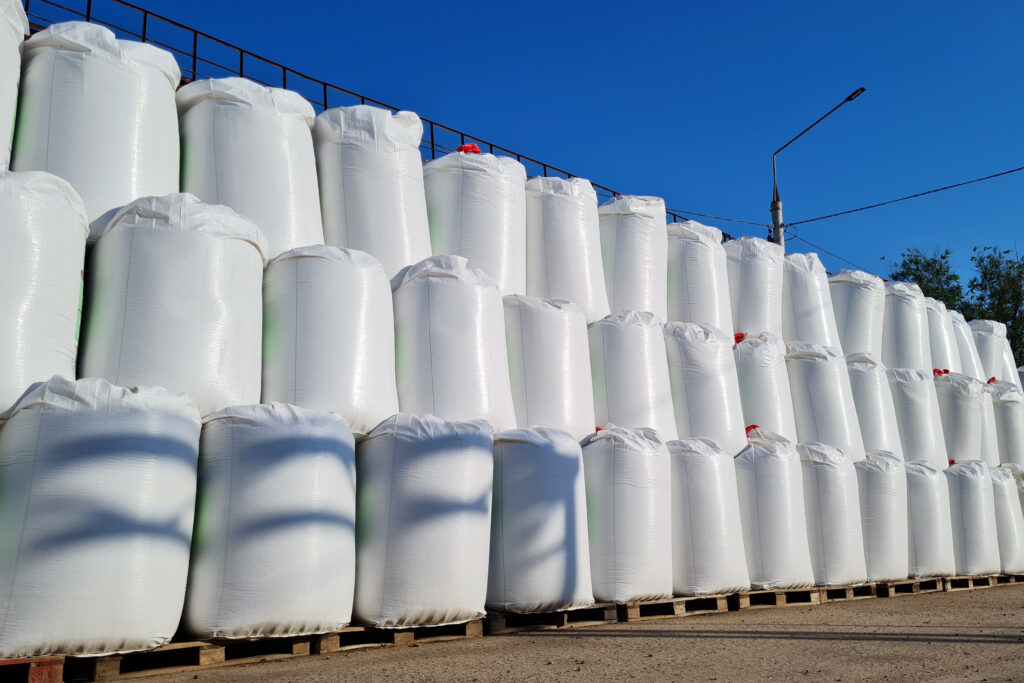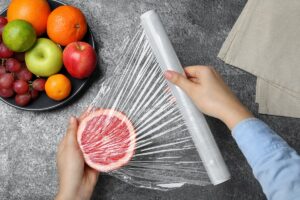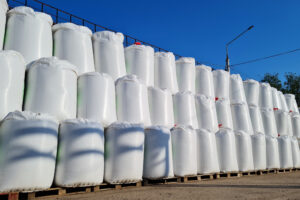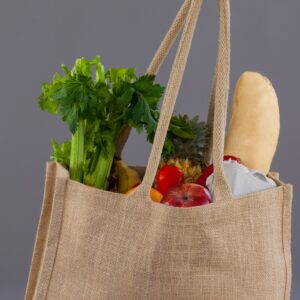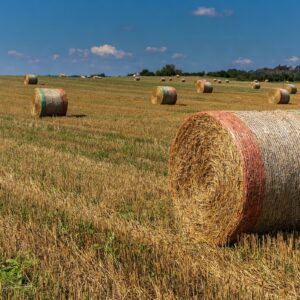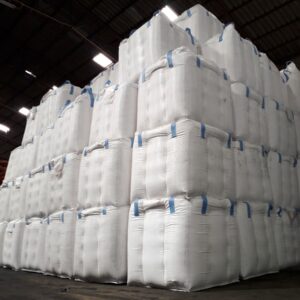📈 Market Growth & Forecast
The global FIBC market was valued at approximately USD 8.36 billion in 2025 and is projected to reach USD 12.86 billion by 2035, growing at a CAGR of 4.9%. This growth is driven by increasing demand across various industries, including agriculture, chemicals, and pharmaceuticals, particularly for bulk packaging solutions. The growth of the FIBC market not only reflects a shift in the packaging industry but also signifies the rising demand for sustainable packaging.
🌍 Regional Insights
Asia-Pacific: Leading the market with rapid industrialization and a significant share in manufacturing. The demand for bulk packaging, especially in chemicals and agriculture, continues to grow in this region.
North America: Experiencing steady growth due to stringent safety regulations and a strong presence in the chemical and agricultural sectors. North America’s demand for FIBC applications and sustainable packaging materials is also increasing.
Europe: Notable for adopting sustainable packaging solutions, aligning with global circular economy initiatives. The FIBC market in Europe is growing, especially in the adoption of environmentally-friendly packaging materials.
Cut🛠️ Product Segmentation
Type A: Standard FIBCs, widely used for non-flammable materials.
Type C & D: Electrostatic-safe bags gaining popularity in industries handling hazardous materials, especially in the chemical and electronics industries.
Baffle/Q-Bag Formats: Preferred for their stability and efficient storage capacity, particularly in industries requiring high strength, stability, and space efficiency.
🌱 Sustainability & Innovation
The industry is witnessing a shift towards eco-friendly materials, with recycled polypropylene gaining traction. Additionally, innovations like smart FIBCs integrated with IoT technology are enhancing supply chain efficiency and opening new opportunities in the global FIBC market. As demand for environmentally-friendly packaging materials increases, more companies are adopting sustainable FIBC solutions.
🔍 Market Trends & Drivers
E-commerce Growth: Increasing demand for bulk packaging in online retail. The expansion of the global FIBC market in e-commerce, particularly in food and consumer goods sectors, is driving the demand for safe, reliable bulk packaging solutions.
Regulatory Compliance: Stricter regulations across countries are driving innovation in the FIBC market. There is a strong demand for packaging solutions that meet international safety and environmental standards, especially in high-risk industries.
Supply Chain Optimization: With the growing demand for global logistics, companies are increasingly turning to efficient, durable FIBC packaging solutions, driving rapid market development.
📌 Hongyi plastic’s Role in the FIBC Market
At Hongyi plastic technology Co.,Ltd, we are deeply committed to the trends shaping the FIBC market. As a leader in the packaging industry, we recognize the importance of sustainable, safe, and cost-effective packaging solutions for businesses worldwide. With our extensive experience in manufacturing and distributing FIBCs, we are proud to contribute to the global demand for high-quality, eco-friendly packaging. By integrating the latest technologies and working with our clients to provide customized solutions, Hongyi is actively involved in advancing the FIBC industry, ensuring that we meet the needs of the modern market while maintaining our commitment to sustainability.
📌 Conclusion
The global FIBC market is poised for continued growth, driven by industrial demand, sustainability initiatives, and technological advancements. As the packaging industry increasingly focuses on sustainable solutions, FIBCs are becoming more widely used across various industries. Packaging companies should focus on innovation and compliance to capitalize on emerging opportunities and drive the development of the market and FIBC technology.

